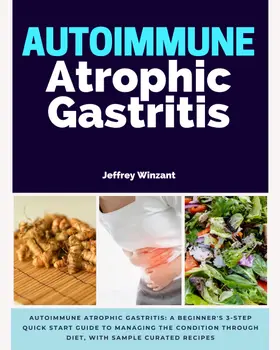Autoimmune atrophic gastritis is a condition in which the body's immune system attacks and destroys the cells lining the stomach. This can lead to a loss of stomach acid and other digestive juices, which can make it difficult to absorb nutrients from food.
Atrophic gastritis is a medical condition in which a person's stomach lining becomes inflamed. This inflammation can occur over an extended period, often for several years.
When the stomach lining is inflamed, it can become thinner and less able to produce stomach acids. This can lead to several health problems, including nutrient deficiencies, ulcers, and an increased risk of stomach cancer.
Atrophic gastritis is most common in older adults, but it can occur at any age. Treatment typically focuses on managing the symptoms and preventing complications. In some cases, surgery may be necessary to remove a portion of the stomach lining that has been damaged by inflammation.
While there is no cure for autoimmune atrophic gastritis, there are treatments that can help manage the condition and improve symptoms. One of the most important things you can do to manage this condition is to eat a healthy diet.
In this quick start guide, we will discuss in detail:
What causes Autoimmune Atrophic Gastritis?
What are its symptoms?
When to see a doctor?
How is it diagnosed?
What are the treatments for autoimmune atrophic gastritis?
Complications of autoimmune atrophic gastritis.
Risk factors for autoimmune atrophic gastritis.
Living with autoimmune atrophic gastritis.
How to manage autoimmune atrophic gastritis through diet and nutrition?
So, let's get started!
























